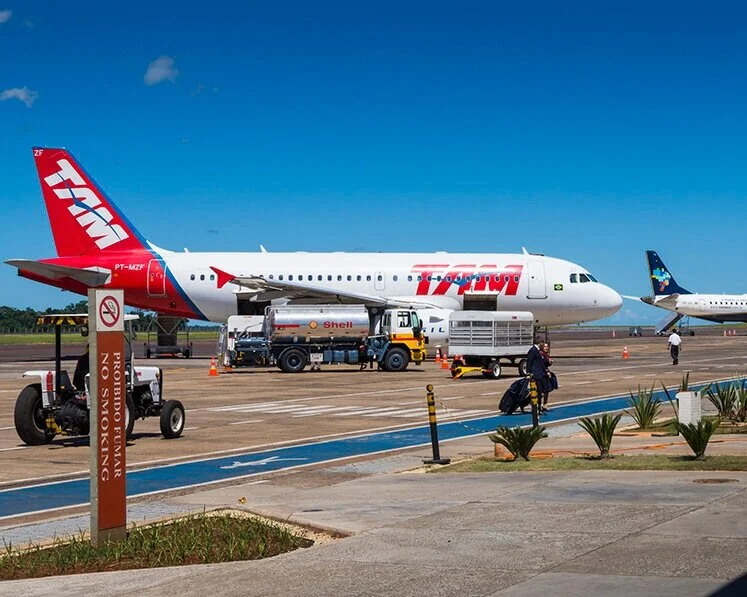So You Love Me? Use The FDA HIV Test Kit
/Ayanna Nahmias, Editor-in-ChiefLast Modified: 00:57 AM EDT, 16 May 2012
 WASHINGTON, DC – David Morgan of Reuters UK first broke the news that the United States Food and Drug Administration (FDA) is considering approval of an over-the-counter home HIV test kit. If approved, the test could further empower sexually active men and women, by arming them with a tool to quickly determine the HIV status of their partner.
WASHINGTON, DC – David Morgan of Reuters UK first broke the news that the United States Food and Drug Administration (FDA) is considering approval of an over-the-counter home HIV test kit. If approved, the test could further empower sexually active men and women, by arming them with a tool to quickly determine the HIV status of their partner.
However, other than abstinence, there is nothing which can provide 100% protection against contracting the HIV virus that causes AIDS. Although the FDA is considering various drugs and vaccines which could prevent the virus from proliferating if someone is exposed, this is an unlikely near-term solution.
By contrast, the over-the-counter HIV test is on the verge of approval despite criticisms about the potential accuracy of the test as well as the lack of governmental oversight. Similar to a home pregnancy test which is self-administered using urine, the home HIV test kit will use a mouth swab to gather saliva which is then tested. However, in both tests any number of factors could alter the accuracy of the outcome.
Usually, a false negative or positive is the result of administering the test incorrectly, but in the case of pregnancy, a false negative is not a life threatening miscalculation. By contrast, a false negative HIV test could have calamitous effects for the individual and each of their subsequent partners. The current home HIV test kits require a drop of blood which is securely packaged and sent to a certified medical testing lab for analysis and results.
There are many reasons why people would prefer to take the test in private. They are in complete control of the results of the tests and don’t have to inform anyone of their status. In some American states, when an individual is tested by their physician or at a public clinic, if it is determined that they are infected with HIV, the virus that causes AIDS, these results are reported to the State Health Department.
This becomes public knowledge and it is incumbent upon the individual to inform their sexual partners or risk legal action should someone contract the virus because of their duplicity. Additionally, the home HIV test kit would eliminate the ability for the medical and healthcare community to track the results or accurately gauge the rate of increase or decrease of the spread of AIDS.
For at least 30 years AIDS awareness campaigns have been aggressively promoted by public and private health organizations, so this option for self-diagnosis seems to be the next logical step in the fight against this pandemic. The Centers of Disease Control (CDC) estimates that there are about 1 in 5 people with HIV who are sexually active but don't know they are infected.
For information about HIV Counseling and Testing: Facts, Issues, and Answers click here.
The UNAIDS 2008 Report on the Global AIDS Epidemic estimates that young people aged 15 to 24 accounted for 45 percent of all new HIV infections. Today’s youth are much more comfortable discussing birth control options with their partners and this test may further empower them in their self-protective efforts.
Though it is true that some unethical individuals may utilize the test but not disclose the results, or use the test on an unsuspecting sexual partner and disclose an incorrect diagnosis of this individual’s status to the community; the benefits far outweigh these risks.
Many young people have lost their virginity, their health, and their lives to the promise of everlasting love in a moment of passion. Both men and women can recall at least one youthful indiscretion in which they compromised their health through the denial of the possibility that what has happened to other people could happen to them. Almost everyone can recall at least one episode of sweet, cajoling murmurs, “If you loved me you would let me do it…”
To which we can now respond, “I do love you, so in addition to a condom, please use this kit.”
Related articles
- FDA panel recommends rapid home HIV test (philly.com)
- FDA panel backs first rapid, take home HIV test (seattletimes.nwsource.com)
- Over-the-counter HIV tests backed by US panel - BBC News (bbc.co.uk)
- FDA panel backs first rapid, take home HIV test (sfgate.com)
- F.D.A. Panel Backs First Rapid, Take Home H.I.V. Test (nytimes.com)
- US Panel Urges FDA Approval of Home HIV Test (blogs.voanews.com)













































